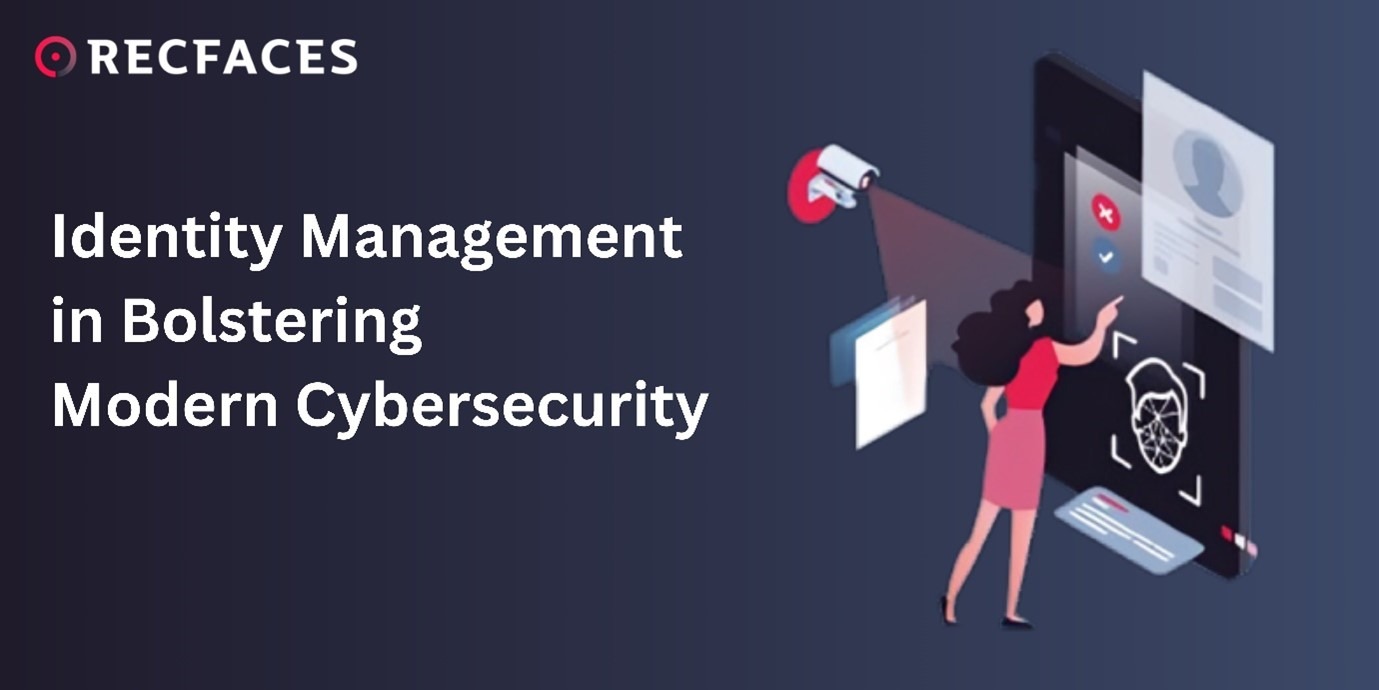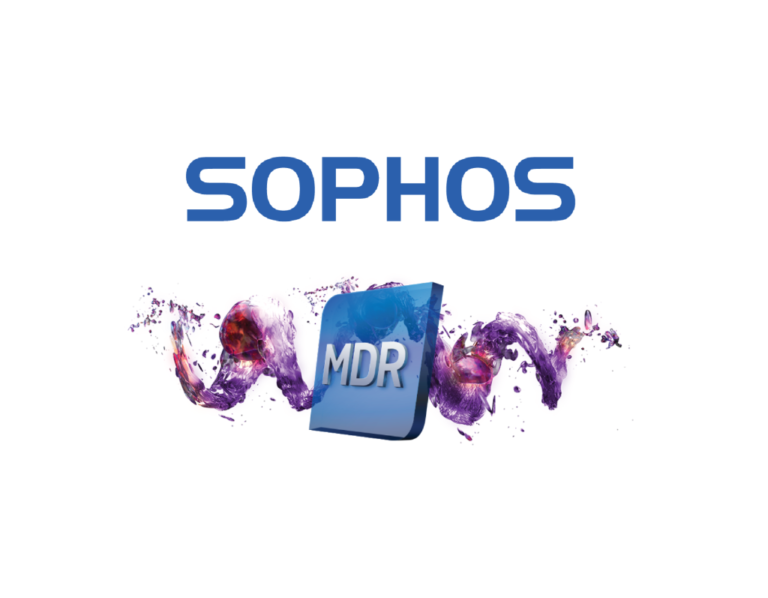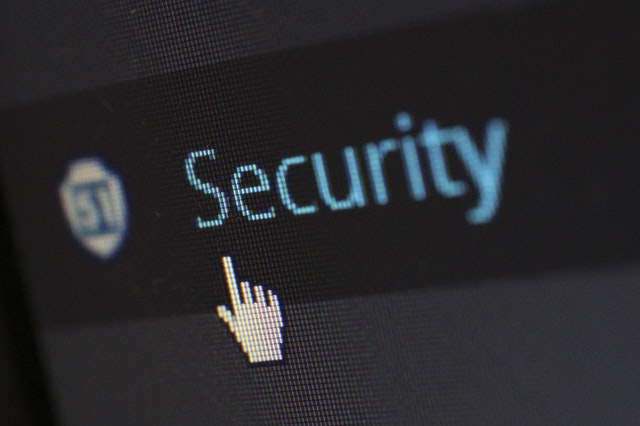Identity Management in Bolstering Modern Cybersecurity

As the world marked International Identity Day on September 16th, it served as a timely reminder of how critical identity management has become in our increasingly digital lives. This observance not only underscores the vital role that secure identity systems play in protecting personal information but also emphasizes their importance in safeguarding the integrity of the entire ecosystem. With cyberattacks capable of causing devastating effects, robust identity management is no longer just a precaution—it’s essential for survival.
In today’s transforming digital world, managing and protecting identities has become more critical than ever. As cyber threats evolve and become more sophisticated, identity management systems have emerged as a vital component of robust cybersecurity strategies. Identity protection is not limited to human resources. In fact, every machine, asset, and resource is linked with a unique identity as a part of the Internet of Things (IoT). Any infringement on identity can pose tremendous risk of loss of critical data and resources, hence making it an irrefutable part of the cybersecurity regime.
Facial recognition is considered among the technologies that have proven to be the most effective in digital security. It stands out for its potential to enhance identity management and fortify security measures.
The growing importance of identity management
With the rise of cloud computing, remote work, and a plethora of digital interactions, managing who has access to what resources has become increasingly complex. Effective identity management ensures that only authorized users can access specific data and systems at the right times, which is crucial for maintaining security and compliance.
Identity management (IDM) involves a range of policies and technologies designed to manage user identities and their access privileges. It helps define the identity authorization protocols and ensure that only allowed individuals gain access to resources. The prime purpose of installing IDM systems is to reduce the risk of security breaches and adherence to cyber regulations. Not only this, a well-implemented IDM system is crucial for protecting valuable organizational data against both internal and external threats.
- Strong Authentication Mechanisms: IDM systems implement a range of strong authentication methods to verify the identity of users. Biometric multi factor authentication (MFA) adds an extra layer of security by requiring users to provide multiple forms of verification, such as a password, a text message code, or a facial biometric scan. Facial biometric verification as a part of MFA provides a highly secure method of identity verification since biometric traits are unique to individuals and difficult to replicate. These robust authentication mechanisms ensure identity protection, thereby mitigating the risk of breaches from unauthorized access.
- Comprehensive Monitoring and Reporting: IDM systems offer robust monitoring and reporting capabilities to track and analyze user activities across the organization. These systems diligently collect data on user logins, access attempts, and actions performed within systems. By analyzing this data, IDM systems can identify potential patterns of unauthorized access attempts or breaches. This is crucial for the early detection and mitigation of security risks before they escalate into serious breaches.
- Risk Assessment and Compliance: IDM systems play a critical role in assessing and ensuring adherence to regulatory and internal security standards. By integrating with compliance frameworks such as GDPR, help organizations enforce policies related to data protection, access control, and audit trails. These regulations provide for conducting regular access reviews and audits to ensure that user permissions align with compliance requirements. By maintaining strict compliance with these regulations, organizations not only protect sensitive data but also avoid potential legal and financial consequences associated with non-compliance.
Seamless Security: Leveraging Facial Recognition as a Strong Barrier
Facial recognition technology is making significant strides in the realm of identity management.
- Since facial features are unique and difficult to replicate, this technology helps minimize the risk of unauthorized access, offering a higher level of security compared to traditional methods, like passwords or PINs.
- It simplifies the user experience by automating the identity verification and authorization processes. Users benefit from a seamless authentication process, which dodges the risks of unwarranted access.
- This advanced technology uses sophisticated algorithms to detect and prevent spoofing attempts, such as using photos or videos in place of actual facial proof. Its efficient liveness detection capability strengthens defenses against fraudulent activities and secures digital interactions.
- It is easy to integrate facial biometrics within the existing identity management solutions to enhance their effectiveness. Facial recognition, when used alongside multifactor authentication (MFA) to provide an additional layer of security, proves to be extremely instrumental in identifying and preventing identity breaches.
Conclusion
As we advance into a future increasingly defined by digital interactions, facial recognition technology proves to be a formidable ally in the realm of identity management. Its ability to deliver precise, non-intrusive authentication makes it an essential component of modern cybersecurity strategies.
Facial recognition technology represents a significant advancement in this field, offering enhanced security, convenience, and fraud prevention. By integrating facial recognition into identity management practices, organizations can strengthen their cybersecurity measures and better safeguard against emerging threats. As we continue to embrace technological innovations, it is crucial to balance them with ethical considerations to fully realize their potential in enhancing security.
“Facial recognition is transforming identity management with unmatched security and precision. As cyber threats grow more complex, it adds a crucial defense layer, ensuring authorized access and bolstering cybersecurity.” said Oleg Kurochkin, Business Development Director, APAC region, RecFaces.
“Strengthen your identity management with cutting-edge facial recognition technology, because in today’s cybersecurity landscape, accuracy is your strongest defense.” said Sukrit Varma, Global Marketing Partner, RecFaces.







